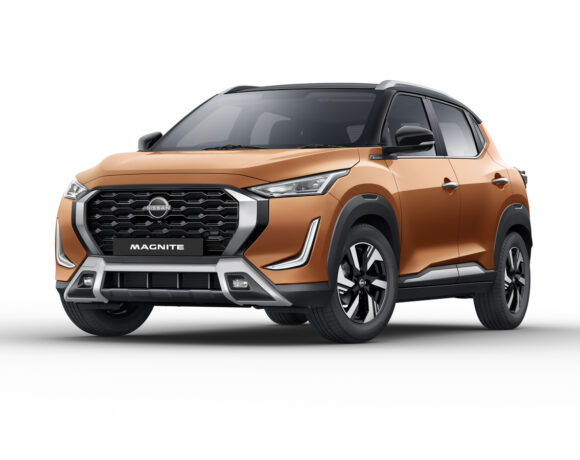Global service robot market to grow by 66% by 2028

Outpacing industrial robots by large
In robotics, a seismic shift is underway as service robots surge ahead of their industrial counterparts, driven by advancements in AI and machine learning. This evolution has propelled the global service robot market into unprecedented growth, dwarfing industrial robots.
According to a new report by Altindex.com, the global service robot market is poised to skyrocket by 66% and achieve a staggering $55 billion in revenue by 2028. This growth trajectory represents a six-fold increase compared to the industrial robot segment, marking a significant divergence in the robotics landscape.

The Covid-19 pandemic acted as a catalyst for the accelerated adoption of service robots. These machines provide a safer alternative for tasks requiring minimal human contact, reducing infection risks.
However, the popularity of these versatile machines has transcended the pandemic era, finding applications across diverse sectors such as healthcare, hospitality, retail, and logistics.
Widespread adoption
Key drivers behind their widespread adoption include lower operational costs, round-the-clock availability, the ability to operate in hazardous environments unsuitable for humans, and the capacity to deliver personalised services tailored to specific needs.
These factors have propelled the service robot industry to nearly double its revenue from $18.2 billion in 2018 to $33.5 billion in 2024, setting the stage for continued exponential growth.
Statista forecasts an impressive 65% increase in global service robot revenue over the next four years, culminating in the $55 billion mark by 2028. In contrast, industrial robots are anticipated to experience a modest 11% revenue growth, reaching $10.4 billion during the same period.

Geographically, the United States is expected to dominate the market, and it is projected to generate over $14 billion in service robot revenue by 2028, reflecting a 55% increase from current figures.
Meanwhile, China is set to experience even more substantial growth, with revenues forecasted to surge by 60% to $10.6 billion within the same timeframe.
Technological advancements continue to fuel the proliferation of service robots, which are increasingly deployed for an expanding array of applications in professional environments and for personal use.
From assisting in surgeries and eldercare to enhancing logistics efficiency and household chores, these robots are becoming indispensable across numerous sectors.
Growth trajectory
Statista reports a robust growth trajectory in the total number of service robots, which tripled from approximately 10 million in 2016 to nearly 36 million by 2023.
This trend is set to intensify, with projections indicating a 60% increase to almost 65 million service robots worldwide by 2028. This surge underscores the escalating demand and expanding role of robots in reshaping industries and daily life.
As the service robot market continues its meteoric rise, stakeholders across industries are poised to capitalise on the transformative potential of these technologies. Whether enhancing operational efficiency, improving service delivery, or addressing societal challenges, service robots are driving innovation and redefining the possibilities of automation.
In conclusion, the accelerating growth of the service robot market signifies a paradigm shift in robotics, highlighting their pivotal role in shaping the future of industry and everyday life. With advancements in AI and increasing acceptance, service robots are transforming industries and reshaping societal norms, heralding a new era of automation and efficiency.
As developments unfold, stakeholders and consumers alike are set to benefit from the myriad opportunities this sector presents.
Featured image: Service robots are reshaping societal norms. Credit: Andy Kelly












